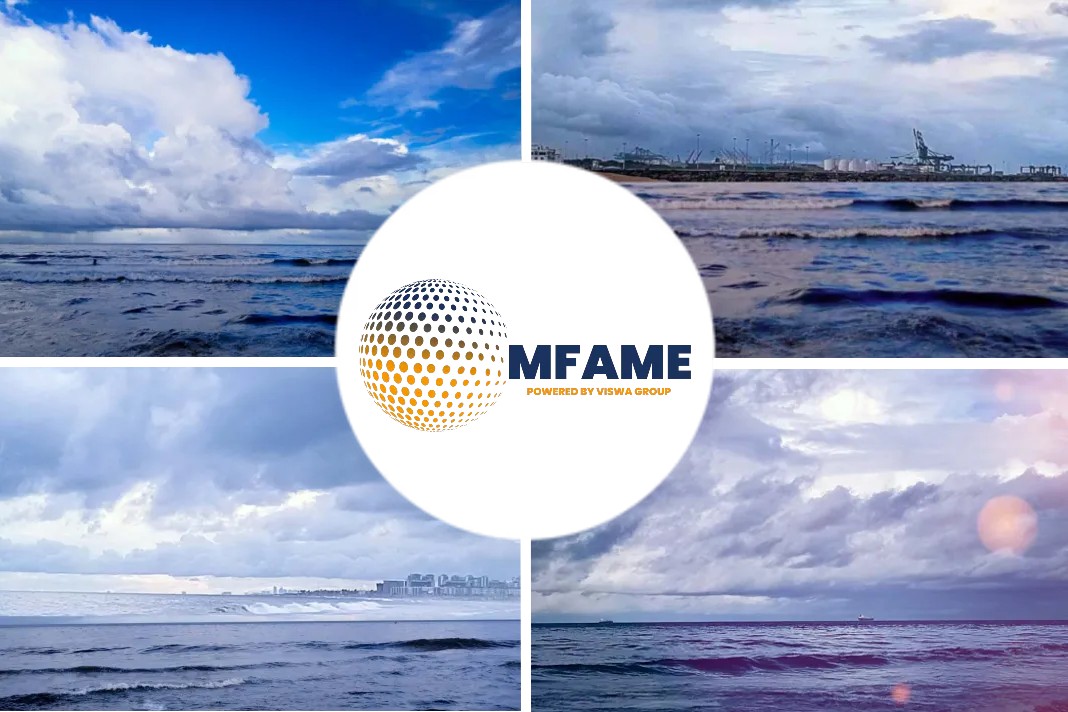- China’s bunker fuel market becoming more competitive
- Liquidity pressure to spur industry consolidation globally
- IMO 2020 transition paves way to expedite shipping’s decarbonization goals
Marine fuel sales worldwide in 2021 will likely grow by 3%-5% compared to 2019 as demand returns despite the challenges posed by the global coronavirus pandemic, with KPI OceanConnect poised to seek expansion opportunities worldwide, according to Soren Holl, CEO of KPI OceanConnect, reports Platts.
Competitive market
KPI OceanConnect operates across every major maritime hub with offices in a number of key locations including Athens, Doha, Hamburg, Hong Kong, Istanbul, Jakarta, London, Miami, Middelfart, New York, Rotterdam, Seattle, Seoul, Singapore and Tokyo.
But it is the Asian market that holds the greatest growth potential, and the company aims to continue enhancing its presence in the region, Holl said in an interview to S&P Global Platts.
“We feel committed to the region… that goes for Korea, for Japan, for Indonesia and Singapore with the teams we have there, so we feel well established and we have a good traction there,” Holl said.
He said he remains confident of Singapore’s continued growth potential “although it’s quite interesting to follow others in the Asian bunker market, with China moving closer to Singapore in terms of competitiveness.”
Rebate on value added tax
China’s ports handle nearly a third of global container traffic and it has the largest merchant fleet in the world in terms of the number of ships owned. The country is also developing many of its ports, with Zhoushan emerging as a bunker hub.
Zhoushan’s strong performance has come on the back of radical local government schemes to improve industry efficiency, including the implementation of a nationwide rebate on value added tax for domestic produced fuel oil as well as a reduction in port fees.
In 2020, the port of Zhoushan supplied 4.72 million mt of bonded bunker fuels, up 15.1% year on year, making it the eighth-largest marine fuels supplying port in the world, according to Zhoushan’s Bonded Bunker Fuel Association.
Still, it has a long way to go before catching up with Singapore, which posted marine fuel sales of close to 50 million mt in 2020.
Liquidity shortage
Holl noted that despite the collapse of Singapore-headquartered Hin Leong, Asia’s top oil trader, last year, the Singapore bunker market remained unscathed.
However, there has been a shift, he said. “I think there is a higher degree of counterparty assessment today than in the past,” he said.
“I think we are going in the right direction… It goes hand in hand with our approach to the market, in being open and transparent,” Holl added. Meanwhile, capital availability in the global bunker market is a key concern, Holl said.
This comes at a time when some commodity focused banks have withdrawn from the market as they were hit by exposures to Hin Leong as well as other errant players, creating liquidity as well as transactional complexities in the market.
The liquidity shortage in turn is likely to pressure smaller players, leading to continued industry consolidation, Holl said.
Mergers and acquisitions are not a new domain for KPI OceanConnect. The company itself was the result of the merger between KPI Bridge Oil and OceanConnect, with the merger completed in 2020.
This led to the creation of a 170-strong team operating across 15 locations globally to provide the “right solutions” to meet shipowners and operators demands at a time when the post-2020 market, COVID-19, and the dawn of new, low carbon fuels mean that market dynamics were evolving rapidly, the company said in a statement in August.
Following the International Maritime Organization’s mandated switch from a 3.5% sulfur cap in fuel burnt on the high seas to a 0.5%S cap last year, Holl said that there is momentum to meet the next challenges.
Decreasing carbon intensity
The IMO is targeting a 40% decrease in CO2 intensity in the global fleet by 2030 compared with 2008 and a 50% reduction in greenhouse gas emissions from the fleet by 2050, which will likely require trillions of dollars of investment, according to industry observers.
“I think that awareness has accelerated now with the new type of fuels, the whole industry is challenged to find ways to meet the targets,” he said.
Infrastructure, and with it availability at specific ports, will determine which ships bunker at those ports and this will take time to evolve, Holl said.
Hoping to be a prime mover in the alternative bunker fuels space will require a cool head but some shipping segments will find it easier to plan, and so to invest, than others, Mark Emmett, Group Business Development Director for KPI OceanConnect, said in the same interview.
Regular port calls
Large container vessels typically have a schedule of regular port calls and this can be known a year in advance, meaning these vessels’ operators can plan supply contracts accordingly. Big tankers can also capitalize on this dynamic.
“I see the biggest conundrum is if you take the example of Handysizes in the dry sector, they are ‘ubers’ of the oceans, so they go everywhere,” Emmett said.
“We follow it with interest, we have partnerships with some clients where we also look into how we innovate and add value to the targets, for 2030 and 2050,” Holl said.
Did you subscribe to our daily newsletter?
It’s Free! Click here to Subscribe!
Source: Platts
























